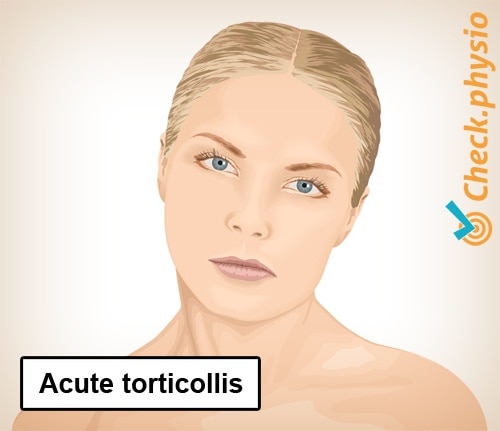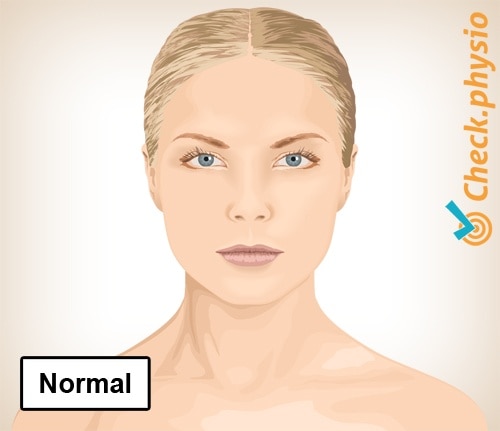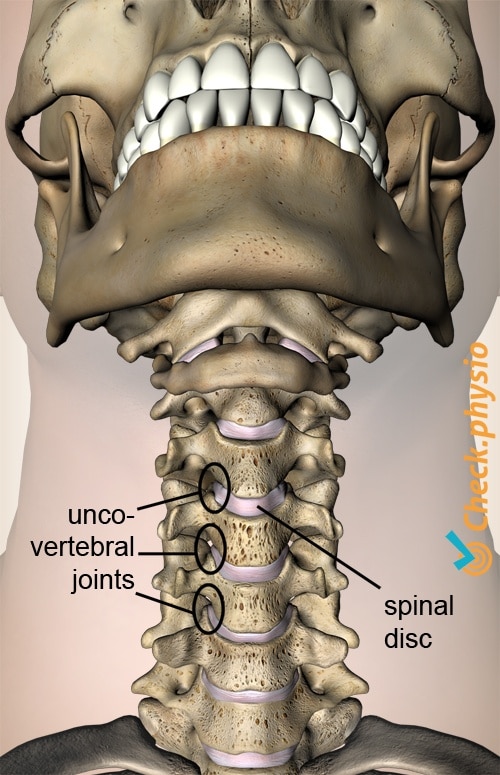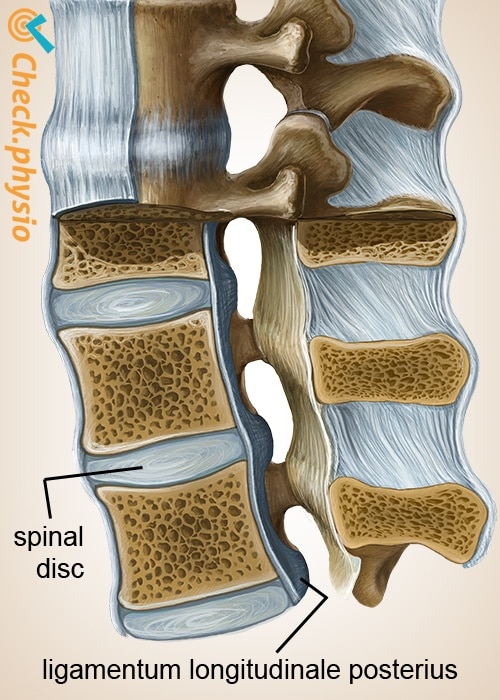Acute torticollis
Wry neck
Acute torticollis (wry neck) occurs mainly in children and young adults. It is a fairly common condition that is characterized by a painful, stiff neck and a skewed position of the head.

Torticollis or wry neck is usually seen in children aged between five and fourteen. In some cases the patient is a bit older (up to age 26). In older patients up to 45, we see this limitation in movement to one side in a less severe form called "local cervical syndrome".
Description of condition
Tissue swelling occurs on the outside of an intervertebral disc in the neck. A tendinous band, the longitudinal posterior ligament, is irritated to such an extent that the neck becomes painful. In order to reduce the pain, the neck muscles contract in order to keep the head rotated to the side and bent sideways. This so-called "antalgic position" is the position that causes the least amount of pain.
Cause and history
The tissue swelling is thought to be caused by impingement of vascularized tissue (containing blood vessels). This can be caused by (incorrect) head movements, an accident or fall onto the neck, or prolonged incorrect posture (with neck bent). The latter example explains why people often wake up with these symptoms.
Sometimes the patient feels a painful "snap" when moving the head, after which the symptoms occur.
Signs & symptoms
- Pain in the neck (usually on one side).
- The head is bent and rotated to the side (toward the non-painful side)*.
- The neck feels stiff.
- There is increased muscle tension.
- The neck usually cannot be moved back into the neutral position.
- Normally, there are no neurological symptoms.
* for example: if the pain is located on the right, the head will be tilted to the left.
Diagnosis
The diagnosis can be made based on the symptoms experienced by the patient, the way in which these developed, and a physical examination. If there is any doubt, more serious injuries must be ruled out.
Treatment
The symptoms will generally disappear without treatment in two to three weeks. In some cases, a neck brace may be worn or treatment with cervical traction may be offered (treatment in which the neck is carefully pulled to stretch it). Other forms of treatment focus on reducing the muscle tension and the pain.
Exercises
You can check your symptoms using the online physiotherapy check or make an appointment with a physiotherapy practice in your locality.



References
Nugteren, K. van & Winkel, D. (2012). Onderzoek en behandeling van de nek. Houten: Bohn Stafleu van Loghum.
Verhaar, J.A.N. & Linden, A.J. van der (2005). Orthopedie. Houten: Bohn Stafleu van Loghum.
Winkel, D. & Aufemkampe, G. (1994). Orthopedische geneeskunde en manuele therapie. Deel 2. Wervelkolom. Houten/Diegem: Bohn Stafleu van Loghum.
Wolf, A.N. & Mens, J.M.A. (2001). Onderzoek van het bewegingsapparaat. Fysische diagnostiek in de algemene praktijk. 3e, geheel herziende druk. Houten: Bohn Stafleu van Loghum.





